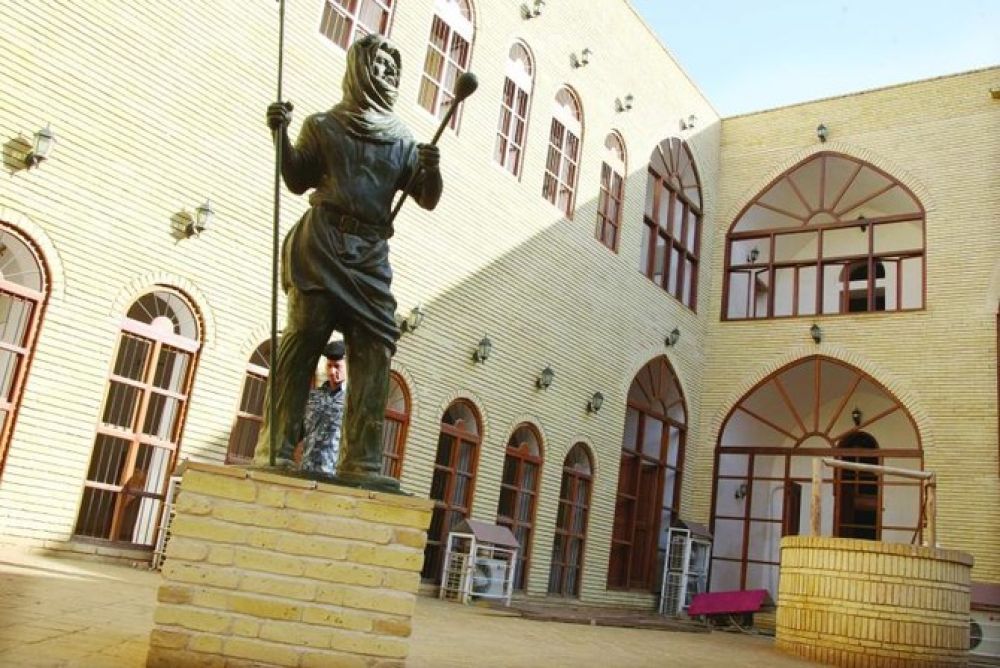

The Najaf Heritage and History Museum is a cultural institution located in the heart of Najaf, Iraq. It serves as a repository of the city's rich heritage and an educational resource for both locals and visitors. The museum showcases a diverse collection of artifacts, documents, and exhibits that narrate the historical journey of Najaf, one of the oldest cities in Iraq and a significant center for Islamic scholarship.
The city of Najaf has long been a destination for religious tourism due to its status as a holy city in Shia Islam. The presence of the Imam Ali Shrine, where the cousin of Prophet Muhammad is buried, attracts millions of pilgrims yearly. The Najaf Heritage and History Museum, while not as ancient, adds a different layer to the city's tourism by providing a secular glimpse into the city's past and cultural evolution.
Although the political and social upheaval in Iraq over the past few decades has impacted the tourism industry, the resurgence of interest in cultural and heritage sites has seen an uptick in visitors to museums and historical landmarks in more stable periods. In recent years, efforts have been made to preserve Najaf's historical sites and promote cultural tourism alongside religious visits.
The Najaf Heritage and History Museum plays a critical role in preserving the city's artifacts and stories. It acts as a bridge between the ancient and modern worlds and offers a nuanced perspective of the city's development throughout the centuries. By doing so, it enriches the visitor experience, providing context and background to the many other historical sites within Najaf.
The latest tourism trend in Najaf revolves around sustainable and educational tourism. Visitors are increasingly interested in experiences that not only allow them to witness the city's religious significance but also understand its socio-cultural history. There has been a move towards creating more inclusive and engaging tours, which incorporate visits to the Najaf Heritage and History Museum as a means of understanding the city's fabric.
Furthermore, digitalization and virtual reality experiences are beginning to make their way into the city's tourism offerings, making it possible for people from all over the world to explore the museum and other sites of Najaf from the comfort of their homes. This aligns with a broader global trend towards integrating technology into travel experiences to make them more accessible and interactive.
In conclusion, the Najaf Heritage and History Museum stands as a significant institution that contributes to the understanding and appreciation of the city's extensive heritage. As tourism trends evolve, it remains imperative for such institutions to adapt and provide compelling experiences that cater to the curious and culturally minded traveler.